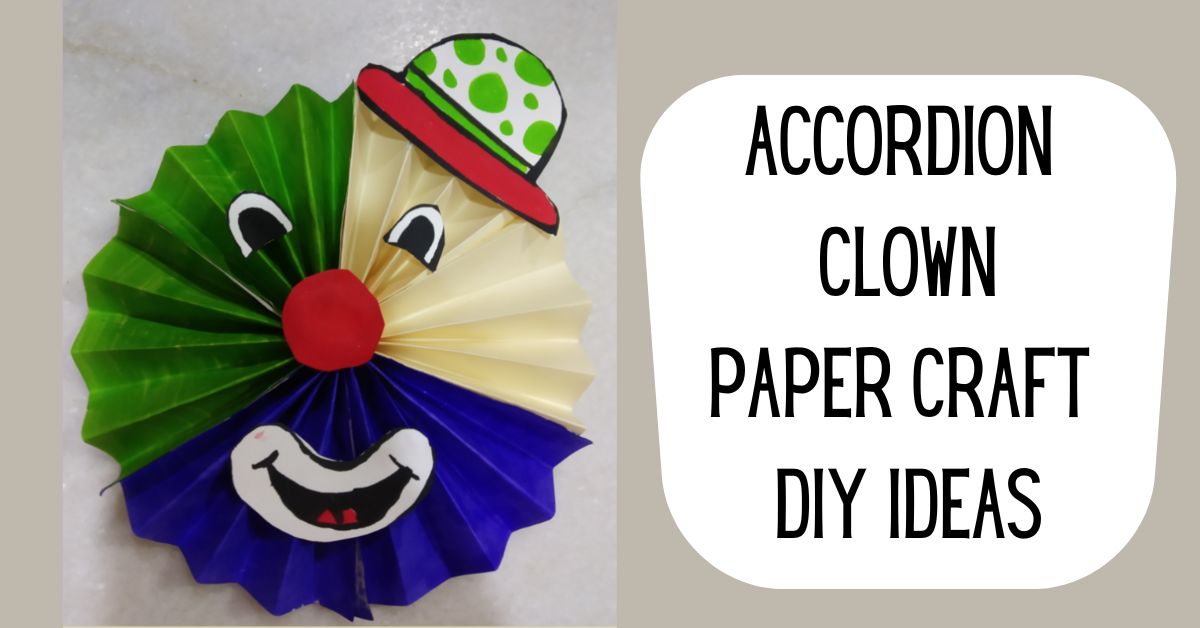Discipline is an essential part of raising children, helping them understand boundaries, learn self-control, and develop the ability to make positive choices. For young children, discipline is about teaching and guiding them, rather than punishing. The goal of effective discipline is to help children understand the consequences of their actions and learn to regulate their behavior in a way that promotes cooperation and respect. When done correctly, discipline fosters emotional and social development in children, providing a foundation for lifelong self-discipline.
Understanding the Purpose of Discipline
The first step to effective discipline is understanding its true purpose. Discipline is not about punishment or instilling fear in children. Instead, it’s a teaching tool that helps children learn the difference between acceptable and unacceptable behaviors, and how to make better choices in the future. The goal is to guide children toward becoming responsible, respectful, and self-controlled individuals.
Key purposes of discipline include:
- Teaching self-regulation: Young children are still learning how to manage their emotions and impulses. Discipline helps them understand how to handle frustrations, anger, and disappointment in constructive ways.
- Building respect and cooperation: Effective discipline teaches children the importance of respecting rules, boundaries, and the needs of others, fostering cooperation within the family and in social settings.
- Promoting safety and well-being: Discipline ensures that children learn which behaviors are dangerous or harmful to themselves and others, helping to keep them safe as they explore the world around them.
By focusing on discipline as a teaching tool rather than a punitive measure, parents can foster a more positive and productive relationship with their children.
Setting Clear and Consistent Boundaries
Young children need clear and consistent boundaries to understand what is expected of them. Consistency is key because it helps children internalize rules and recognize the consequences of their actions. When boundaries are inconsistent or unclear, children may feel confused and act out as a result.
Tips for setting clear boundaries include:
- Be specific and concise: Use simple, clear language when explaining rules to young children. For example, instead of saying "Be good," say "No hitting others" or "Use your quiet voice inside."
- Set realistic expectations: Ensure that the rules you set are appropriate for your child’s age and developmental stage. Young children have limited attention spans and may not be capable of following complex instructions or long lists of rules.
- Follow through with consequences: If a rule is broken, it’s important to follow through with the established consequence. This teaches children that their actions have consequences and reinforces the importance of respecting boundaries.
When boundaries are clear and consistently enforced, children are more likely to follow rules and develop a sense of responsibility for their actions.
Positive Reinforcement
Positive reinforcement is one of the most effective discipline techniques for young children. By rewarding good behavior, parents encourage children to repeat those behaviors in the future. Positive reinforcement can take many forms, from verbal praise to small rewards, and should be used frequently to build self-esteem and encourage positive actions.
Ways to use positive reinforcement include:
- Praise specific behaviors: Rather than general praise like "Good job," focus on specific behaviors you want to reinforce, such as "I’m proud of how you shared your toys with your sister" or "Great job picking up your toys after playtime."
- Use rewards wisely: Small rewards, such as stickers or extra playtime, can be effective motivators for young children. However, avoid using food as a reward, as this can create unhealthy associations with food.
- Celebrate effort, not just success: Encourage children to keep trying even if they don’t succeed right away. For example, if your child tries to clean up but misses a few toys, praise their effort rather than focusing on the incomplete task.
Positive reinforcement helps children feel good about their choices and motivates them to continue behaving in a cooperative and responsible way.
Time-Outs as a Teaching Tool
Time-outs can be an effective discipline tool when used correctly. The purpose of a time-out is not to punish but to give children a moment to calm down and reflect on their behavior. A time-out should be used for behaviors that are aggressive, dangerous, or disruptive, giving children a chance to reset before returning to the activity.
Guidelines for using time-outs include:
- Explain the reason for the time-out: Before sending a child to time-out, calmly explain why their behavior is unacceptable. For example, "You hit your brother, and hitting is not okay, so you need to take a time-out to calm down."
- Keep it brief and appropriate: Time-outs should be brief, generally one minute for each year of the child’s age. A two-year-old, for example, would have a two-minute time-out.
- Follow up with a discussion: After the time-out, talk to your child about what happened and how they can handle the situation differently next time. This helps reinforce the lesson and provides an opportunity for emotional learning.
When used consistently and paired with follow-up discussions, time-outs can be a valuable tool for teaching self-regulation and improving behavior.
Modeling Appropriate Behavior
Children learn a great deal by observing the behavior of adults, particularly their parents. Modeling appropriate behavior is a powerful form of discipline because it shows children how to handle various situations in a calm and respectful manner. Whether it’s demonstrating patience, using kind words, or managing frustration, children will often mimic what they see.
Key strategies for modeling behavior include:
- Demonstrate calm problem-solving: When faced with a challenging situation, model how to handle it calmly. For example, if you’re frustrated by something, say out loud, "I’m feeling frustrated, but I’m going to take a deep breath and think of a solution."
- Show respect in interactions: Children are more likely to treat others with respect if they see their parents doing the same. Speak kindly to your child and others, and avoid yelling or using harsh language.
- Apologize when necessary: When parents make mistakes, it’s important to apologize. This shows children that everyone makes mistakes and that it’s okay to take responsibility and make amends.
Modeling the behaviors you want your child to exhibit is a powerful way to teach them the importance of kindness, patience, and respect.
Offering Choices and Encouraging Independence
Young children often act out when they feel powerless or frustrated by a lack of control. Offering choices gives children a sense of independence and allows them to practice decision-making within safe boundaries. By giving children control over small decisions, you can reduce power struggles and encourage cooperation.
Examples of offering choices include:
- Clothing choices: Allow your child to choose between two outfits. This gives them a sense of autonomy without overwhelming them with too many options.
- Snack options: Offer two healthy snacks and let your child decide which one they’d like. This promotes healthy eating while giving them a sense of control.
- Play activities: Let your child choose between two activities, such as reading a book or playing with blocks. This allows them to take ownership of their playtime.
By offering choices, parents can foster independence while still maintaining structure and boundaries.
Redirecting Misbehavior
Young children are naturally curious and may engage in misbehavior out of boredom or exploration. Rather than punishing a child for every instance of misbehavior, redirection is a helpful technique that guides them toward more appropriate activities. Redirection involves shifting the child’s attention away from the inappropriate behavior and toward something more constructive.
Ways to use redirection include:
- Offering an alternative activity: If a child is throwing toys, suggest a different activity, such as building a tower with blocks or drawing a picture. This shifts their focus away from the negative behavior without resorting to punishment.
- Using distraction: For very young children, simply introducing a new toy or pointing out something interesting can effectively redirect their attention and prevent misbehavior.
- Guiding them to solve the problem: If your child is frustrated because they can’t complete a puzzle, offer guidance and encouragement rather than letting their frustration lead to a tantrum. This teaches problem-solving skills and prevents emotional outbursts.
Redirection helps children channel their energy into positive behaviors and encourages creative thinking.
Conclusion
Effective discipline for young children is about teaching and guiding them toward making positive choices. By setting clear boundaries, using positive reinforcement, and modeling appropriate behavior, parents can help children develop self-regulation, respect, and independence. Discipline is not about punishment but about helping children understand the consequences of their actions and learn how to navigate the world with kindness and responsibility. With consistency, empathy, and a focus on teaching, discipline can become a powerful tool for fostering healthy emotional and social development in young children.







